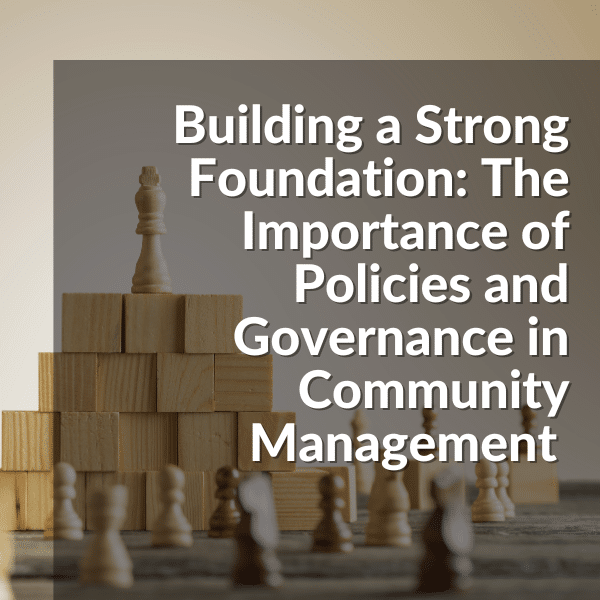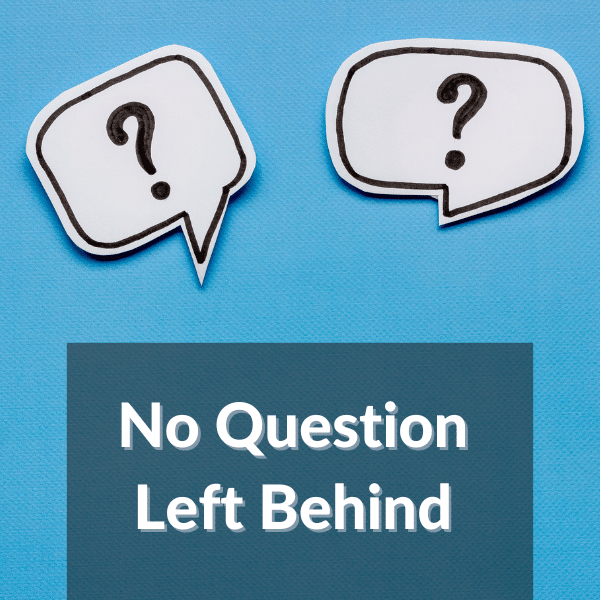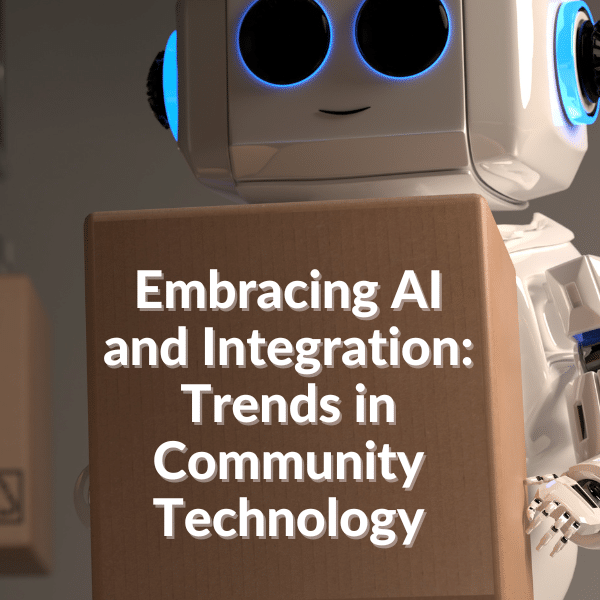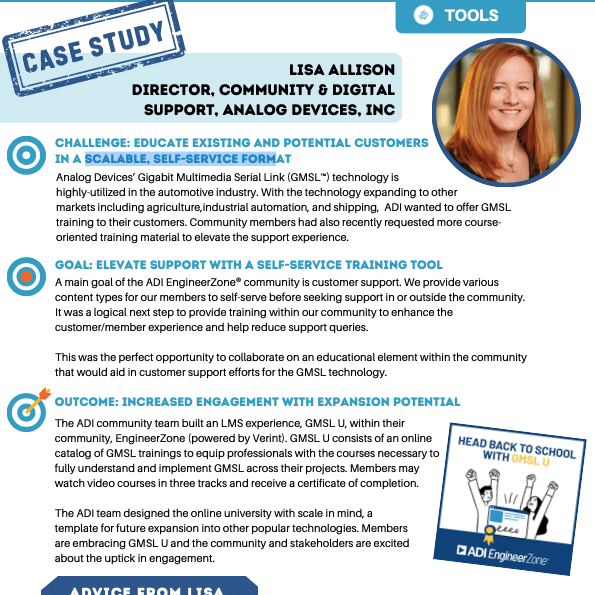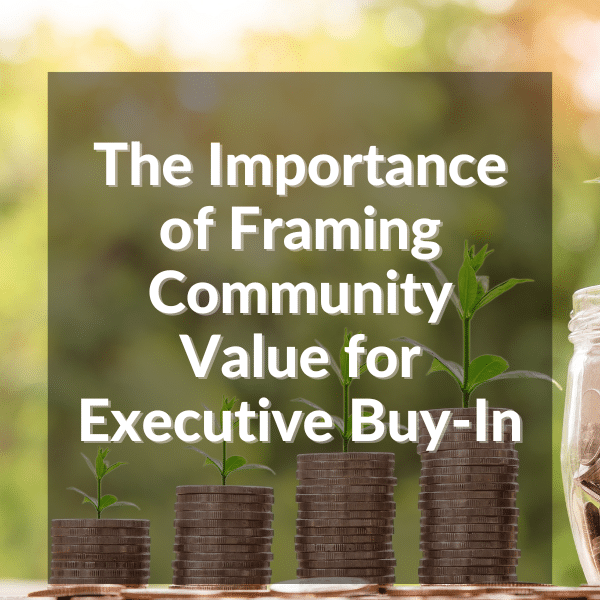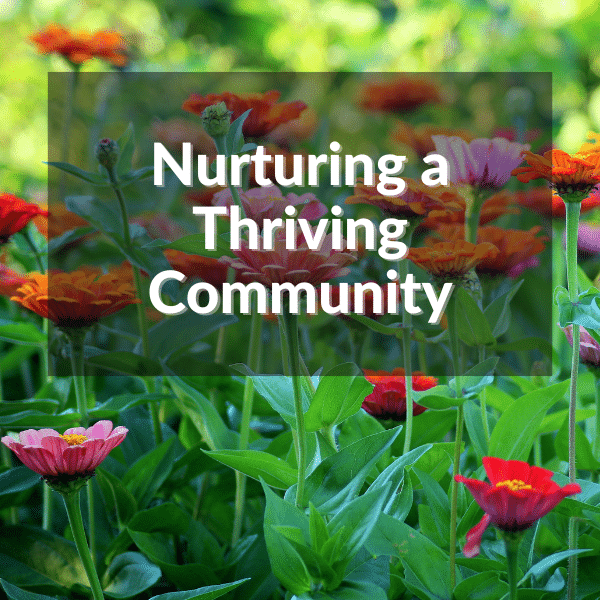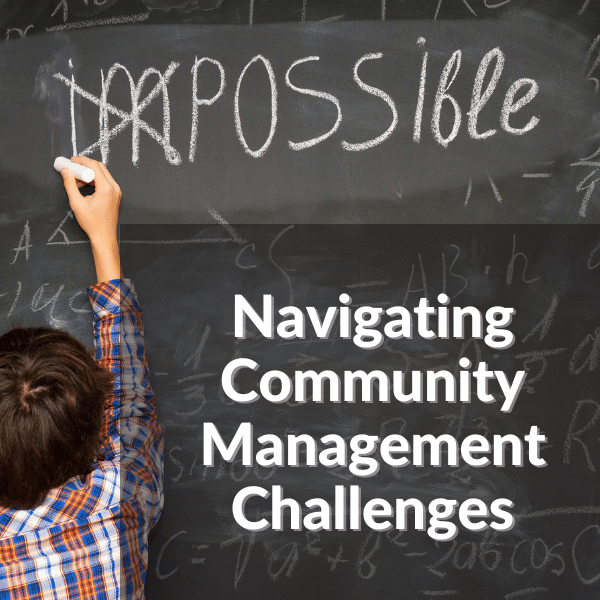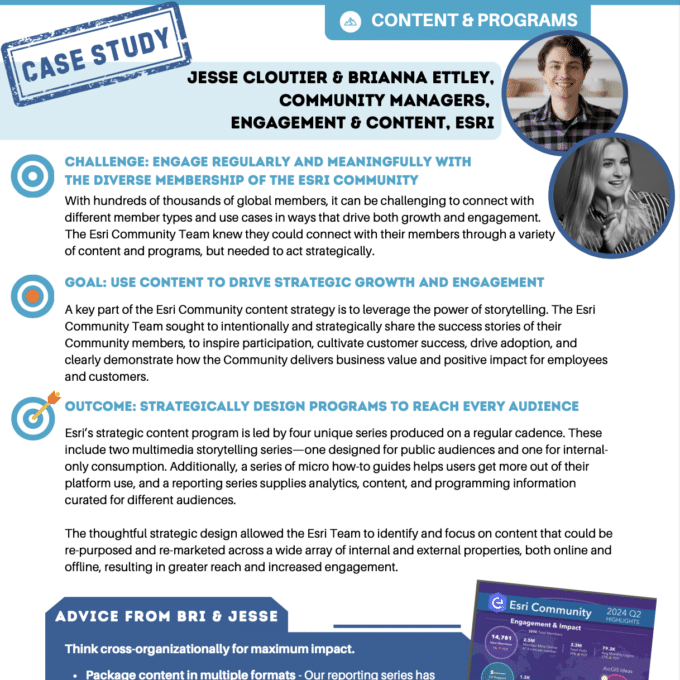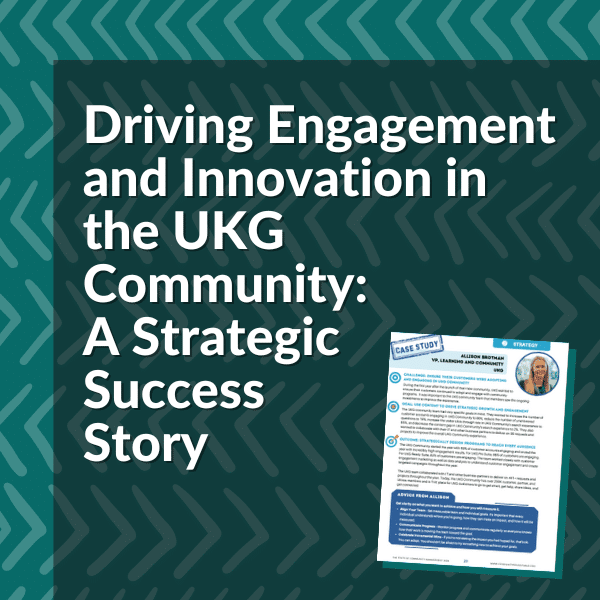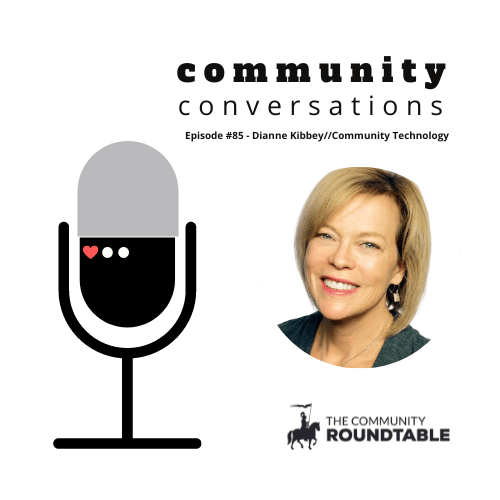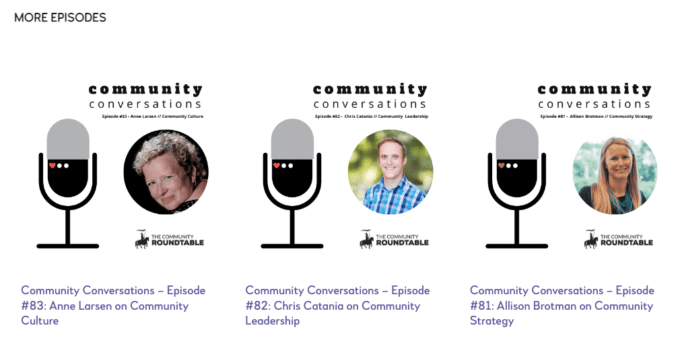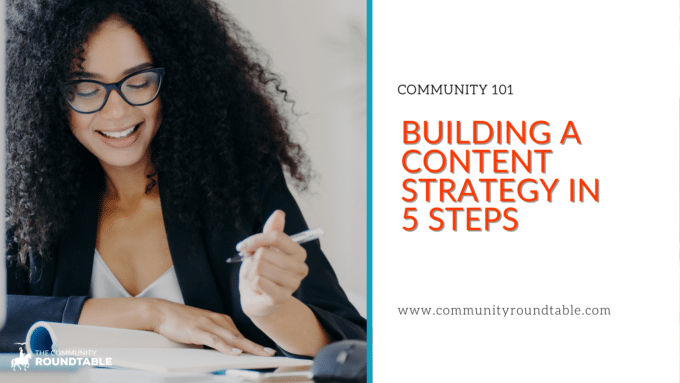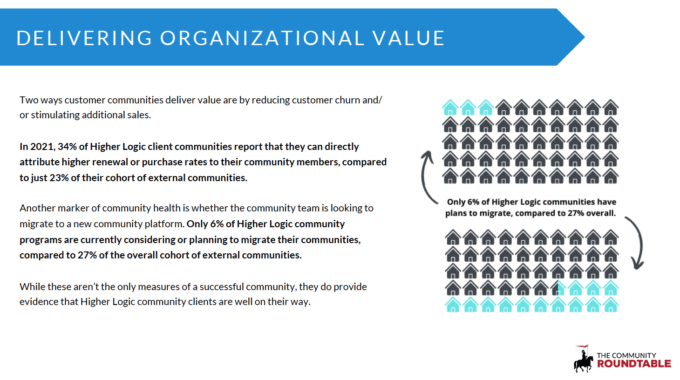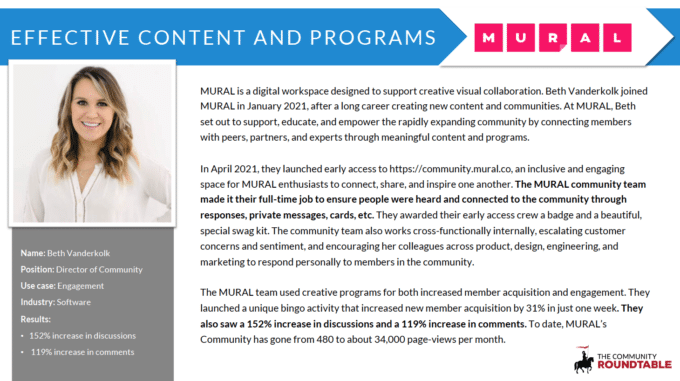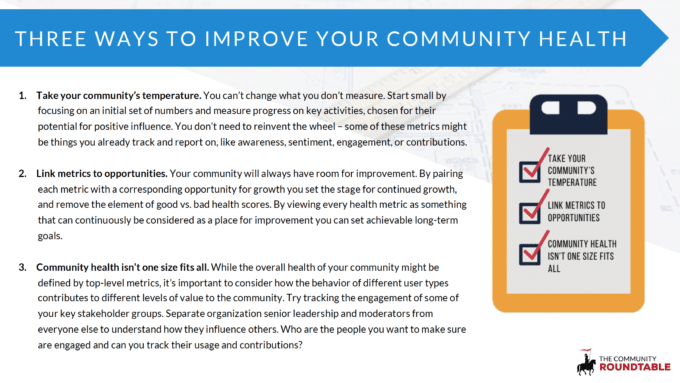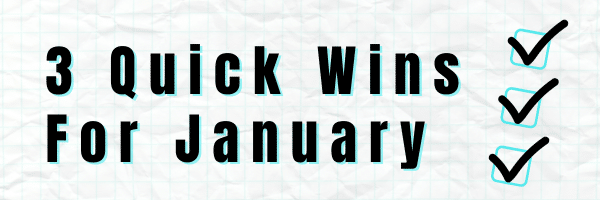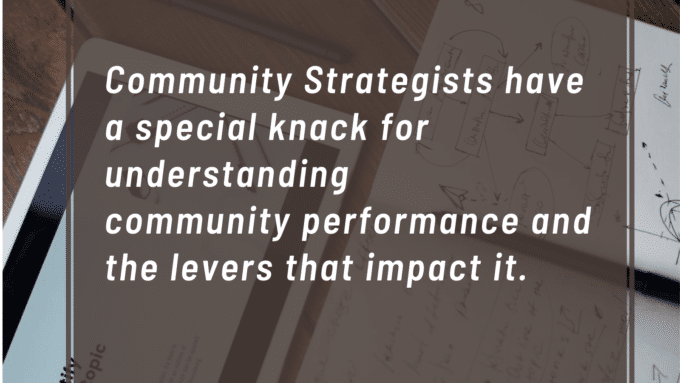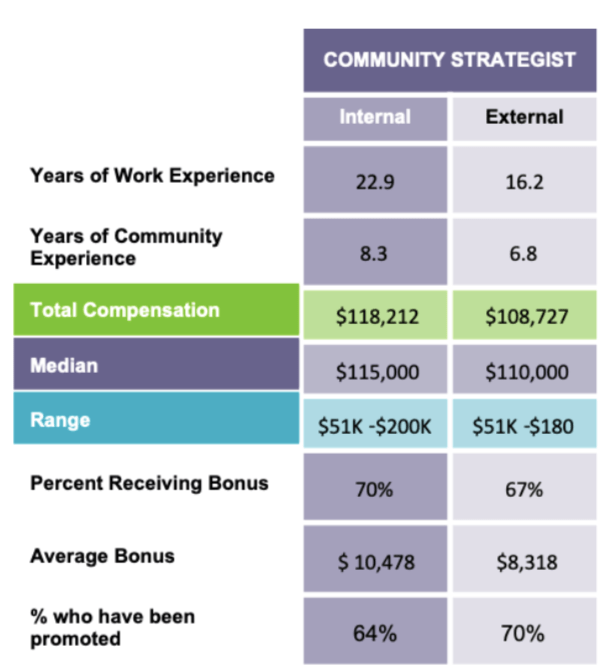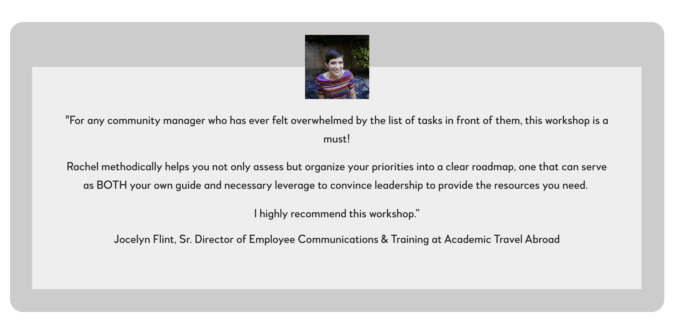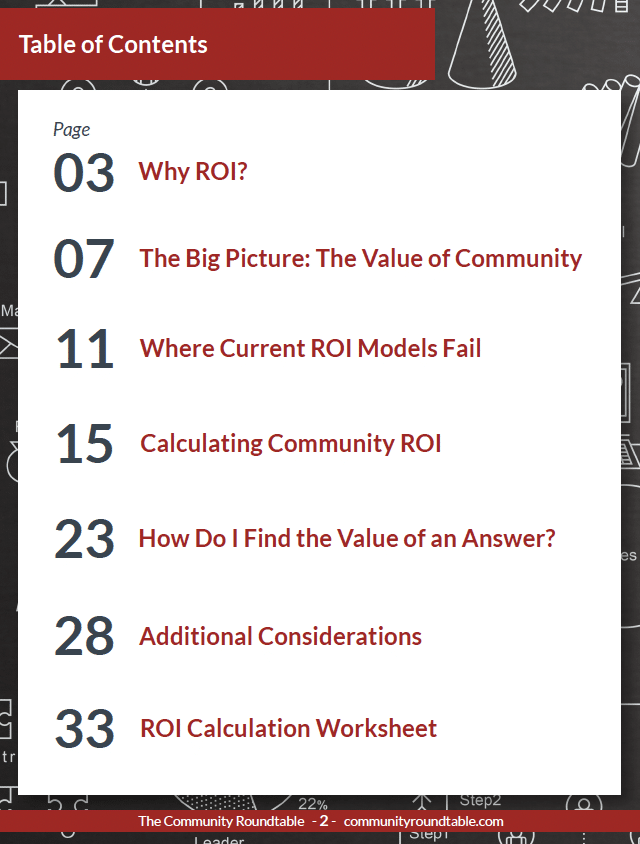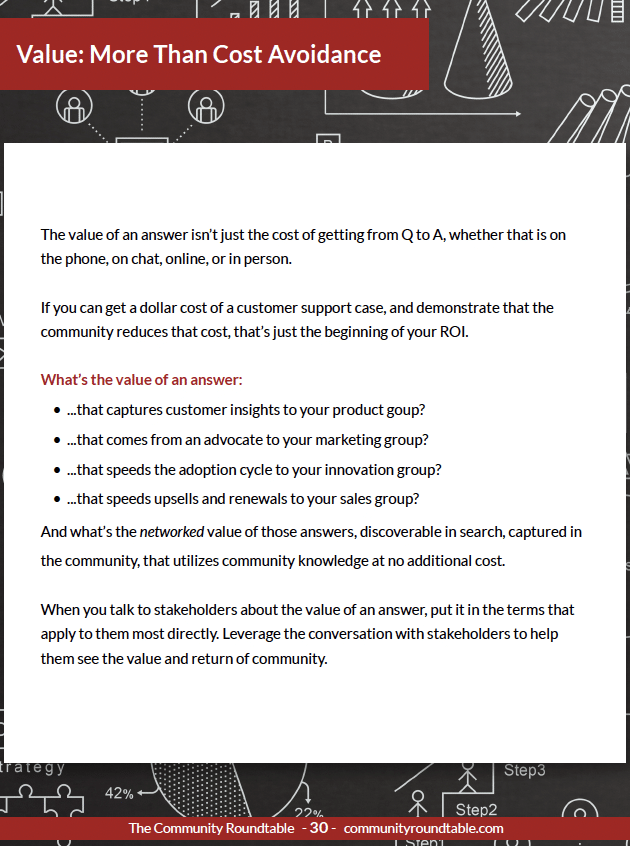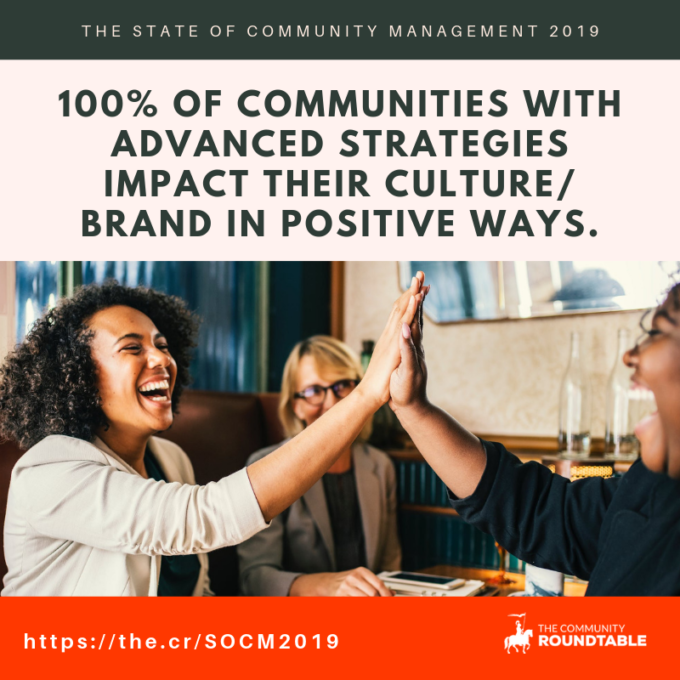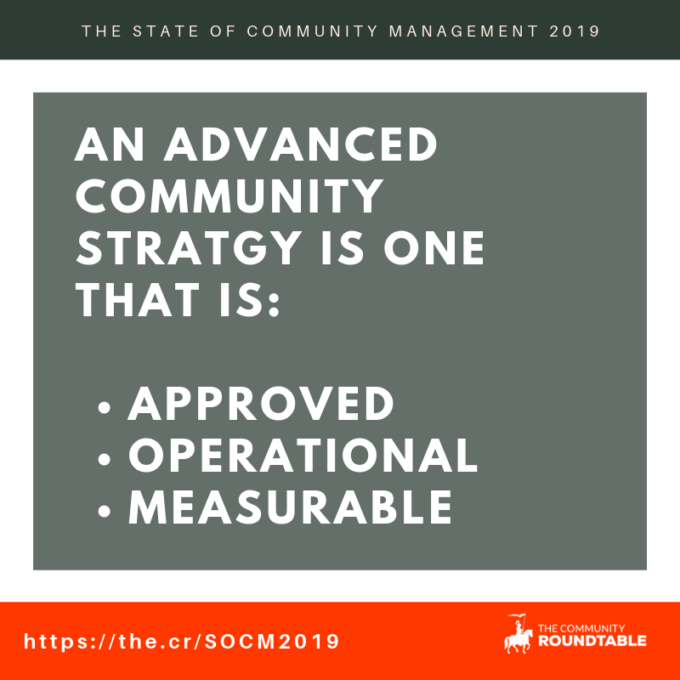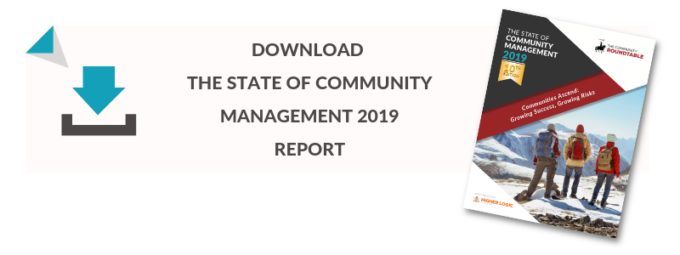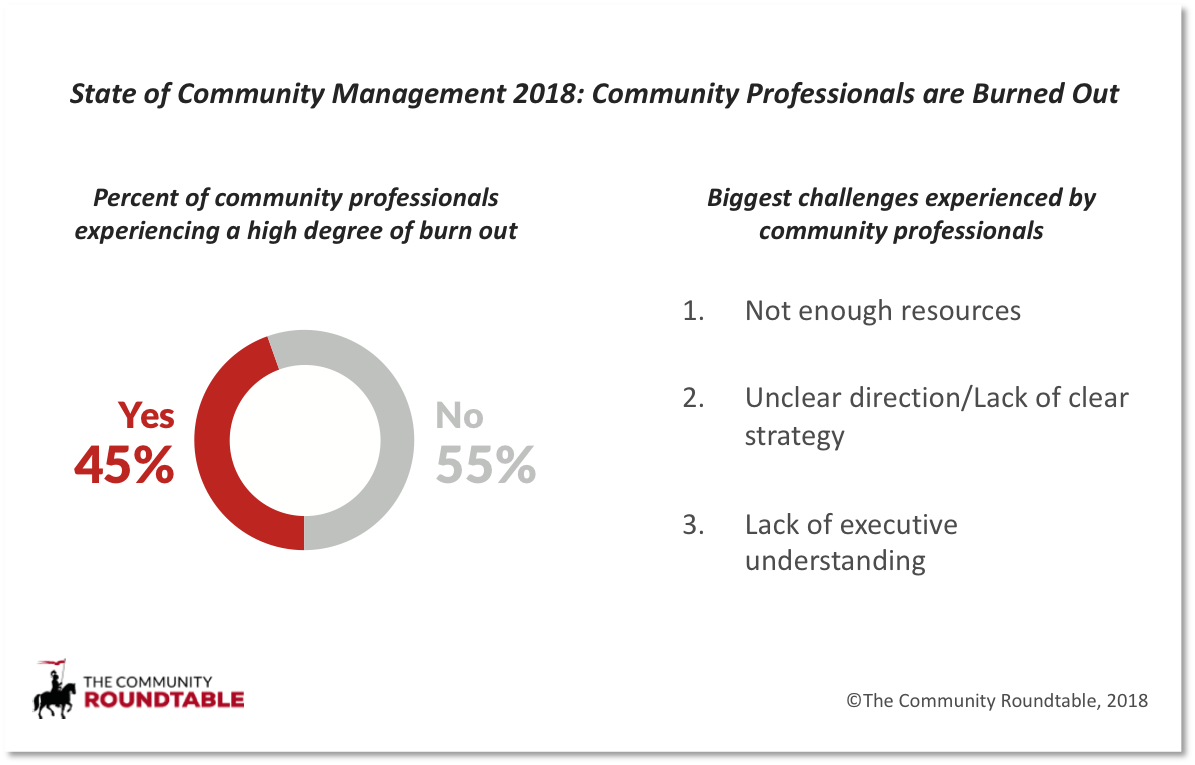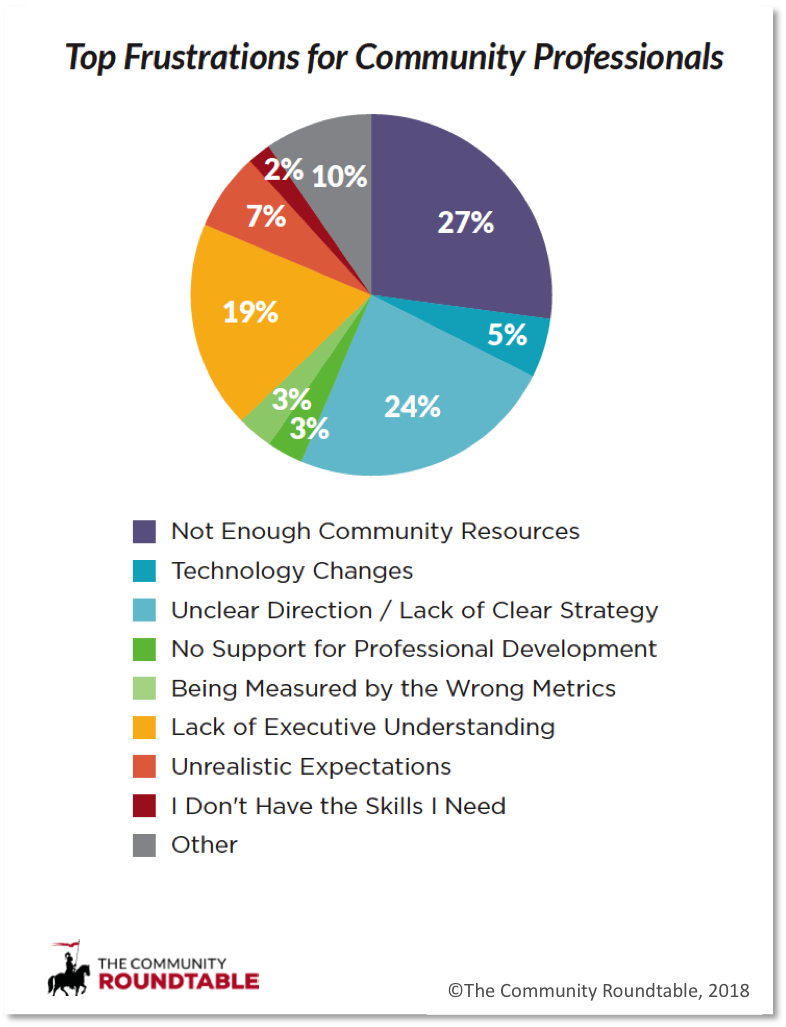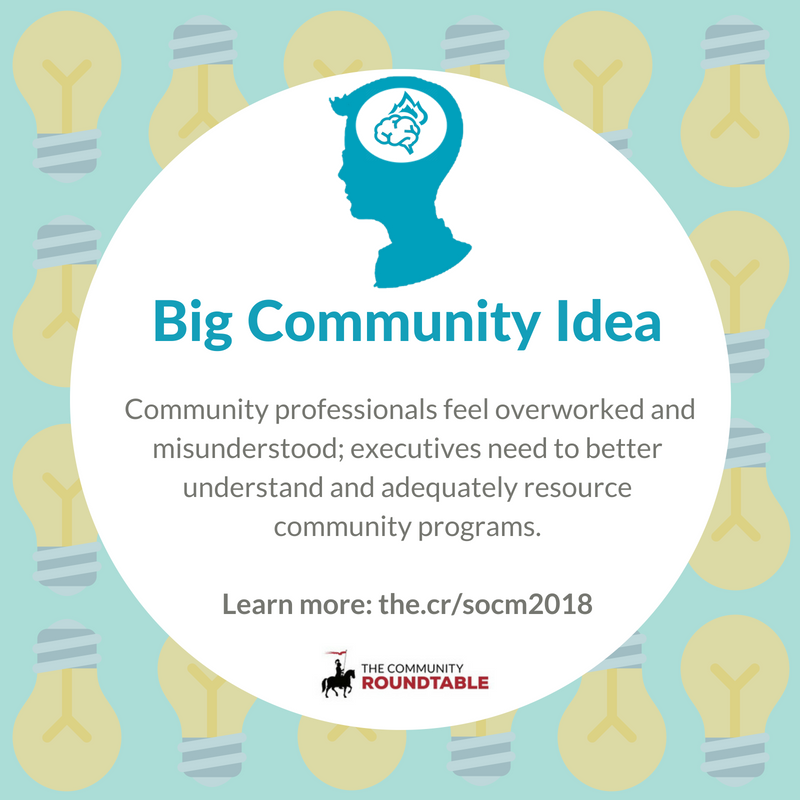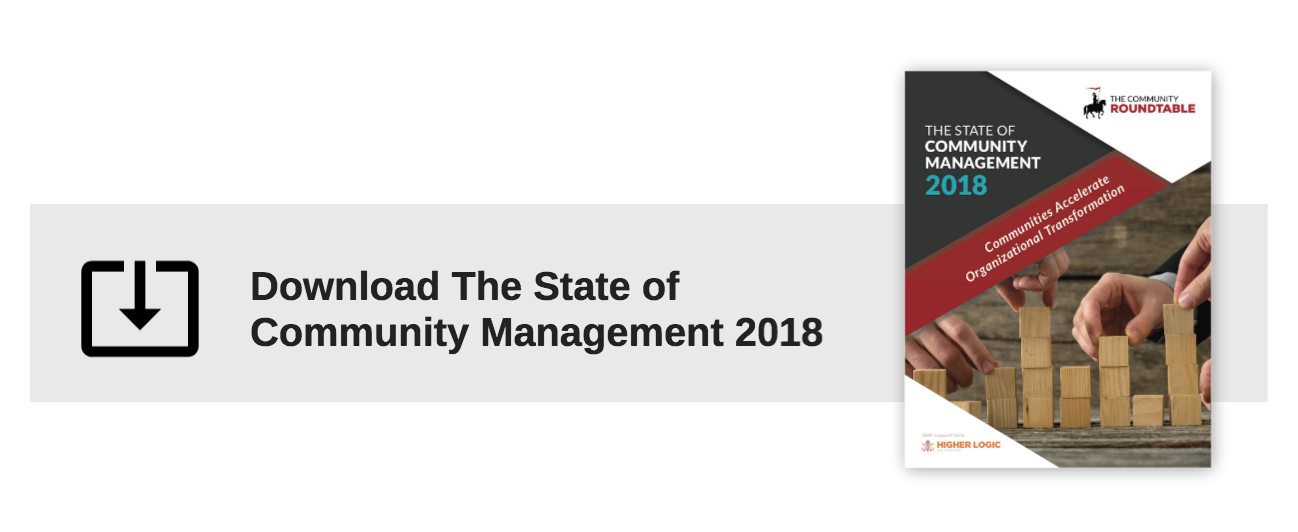Content and programs are two of the cornerstones of a thriving online community. They play a crucial role in attracting and engaging members, fostering a sense of belonging, and promoting shared interests and goals. We’ve talked at length about why the are important and the best ways to spend your budget on effective community content and programs, and even shared Bri Leever’s great framework for how she thinks about content and programs.
As you plan your editorial calendar (don’t have one? get started!) use these tips to make sure you efforts work in both an functional and strategic way.
Three Ways to Use Content and Programs Strategically
Tie it all together.
Aligning your content and program planning to your community strategy and overall organizational goals illustrates that you’re a thoughtful operator that understands how your efforts move the needle in other areas. This also ensures that your community content and programs directly support the business.
Share the load.
Don’t try to do it all on your own. While it might seem easier to keep all the programs to yourself, the more you share the ownership and execution with other community constituents, the more engaged your community will become. Identifying subject matter experts (SMEs) and soliciting their contributions both help lower the day to day lift for you in your community, but also provides your members with valuable content from these experts.
Diversify.
Look at the different community programs you’re creating on a regular basis and rotate in some new ones. Whether it’s a monthly member spotlight or a periodic working group meeting, your members will appreciate new opportunities to connect with one another. Remember – most community programs don’t take off overnight. Give any new programming opportunities to find their audience, and don’t be discouraged by a lack of initial interest. One way to help new programs succeed is to reach out to superusers or community advocates and ask them to participate to generate interest.
Related Reading:
- Elevating Content & Programs for Community Growth
- Building a Strong Foundation: The Importance of Policies and Governance in Community Management
- No Question Left Behind: Transforming Community Engagement Through Effective Communication
- Embracing AI and Integration: Trends in Community Technology
- Scalable Self-Service in Online Communities
- The Importance of Framing Community Value for Executive Buy-In
- Nurturing a Thriving Community: Insights from UiPath
- Navigating Community Management Challenges
- Building Connections Through Community: Esri’s Storytelling Initiative
- Driving Engagement and Innovation in the UKG Community: A Strategic Success Story
